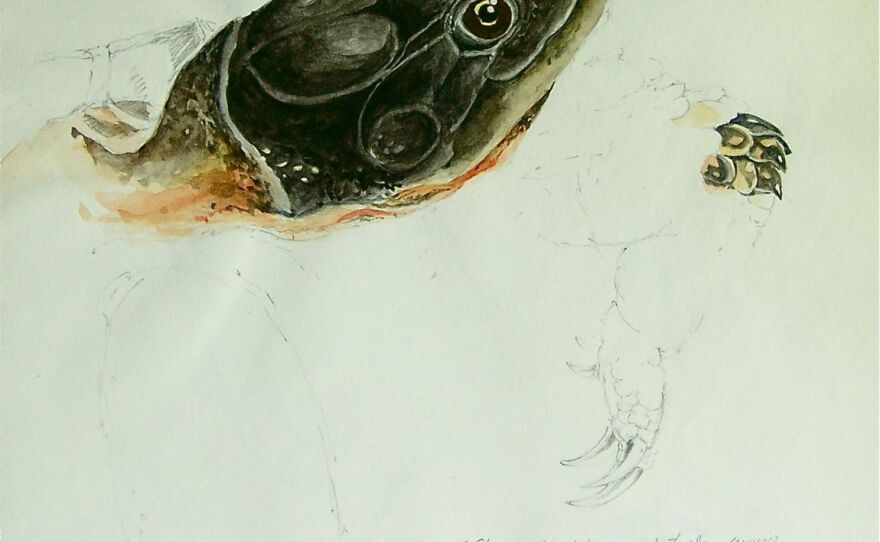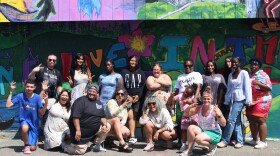Naturalist-artist David M. Carroll is the author of three acclaimed natural histories. Swampwalker's Journal, for which he received the John Burroughs medal for distinguished nature writing, The Year of the Turtle, and Trout Reflections. David graduated from the School of the Boston Museum of Fine Arts and Tufts University, and received an Honorary Doctorate of Humane Letters from the University of New Hampshire and an Honorary Masters in Environmental Science from New England College. In 2006 he was named a MacArthur Foundation Fellow.
In addition to his own field work, David has conducted investigations for the Endangered Species programs of New Hampshire, Vermont, Maine, U.S. Environmental Protection, and the National Park Service. His fieldwork has been published in scientific journals, including Chelonian Conservation and Biology and Northeastern Naturalist.
TRANSCRIPT:
David Carroll: Well, I was born in a central Pennsylvania town, a railroad town, and I had no connection with the natural world. Everything I knew, it was a totally human-centered world. Everything was centered around the problems within the family unit. It was a big family, many relatives, and that sort of thing. We were in difficult economic situations. Everything was really family, and church, and community, which to some people is the ideal life, and their salvation. For me, even though I was only there for those eight years, I had already begun to feel that there must be something else to life.. But then, family circumstances arose in which, essentially, my father ran away and joined the Navy, and then persuaded my mother to come and join him. For me, it was this amazing liberation, because I arrived in southeastern Connecticut in 1950, as an eight-year-old. We were living in a sort of a housing project, with a lot of other Navy families and some other people who were non-navy, but I didn’t know anybody. It was just my third day in town. It was early June, and I was looking out from my backyard, sort of late in the afternoon, and I saw these trees in the distance, and they really appealed and beckoned to me. I saw woods, and I had not known woods, so I decided I would just take a little slip away from my mother’s watchful eye. Found this backwater marsh with a lot of reedy growth in it, and here I was beginning to really, immediately become enthralled with—in the thrall of this natural little place I was in, with birds, and dragonflies, and frogs leaping around. Then I saw some movements in the grassy, reedy growth in the water. It was like I was expecting something incredible to happen at any moment. As I said in my book, I think—I don’t think my senses were ever so keen. I just felt like everything was coming to life—that what I was seeing, and hearing, and touching. And I looked, and this turtle emerged into a clear place in the water, and centered everything for me. At that moment, literally, that moment of seeing that turtle in that situation, galvanized everything. It just became a center of the focus. I was shaking all over. I thought I’ve got to catch this turtle and look at it, and hold it. So, I went into the water, shoes and all, picked up the turtle, and held it in my hands. That experience of looking at that living thing and holding it in my hands opened up a world to me that I could not have imagined existed, really. What it represented was an entrance into a world that I was never going to leave. It was a passkey into that world, a way of opening a door that would allow me to leave what I had to leave behind. So it was like a crossing, a transition. It is very, very hard to understand how all of that could have happened, but it really did on that one evening.














